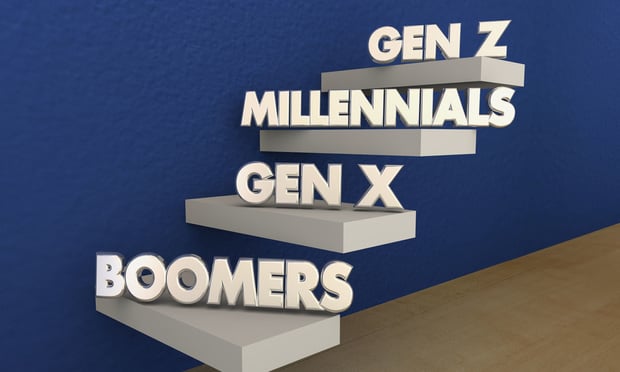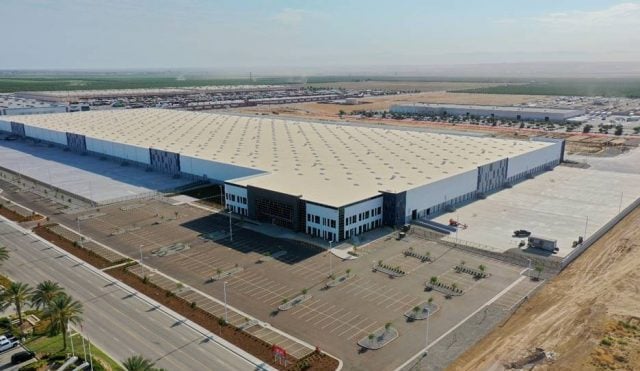SAN DIEGO—Tourism, the military and innovation are the three economic drivers for the San Diego market, Stath Karras, newly appointed executive director of the University of San Diego's School of Business Administration's Burnham-Moores Center for Real Estate, tells GlobeSt.com exclusively. We spoke with Karras about the commercial real estate climate here, where the strongest submarkets are for each property sector and where opportunity for growth lies.
GlobeSt.com: What do you consider to be the most significant drivers of San Diego commercial real estate?
Karras: For most real estate product types, the most important thing you want to look at is employment. To the extent that people are employed, they have a need for office space, places to shop and live, so employment is obviously a key factor for real estate demand. I have divided our economy into three major traded economies: tourism, the military and innovation, the latter of which would include life sciences, biotech, software, communications, clean tech and others. There is a huge influx of tourists who spend their money here. There is also a huge standing for defense and the military, including all of the companies that support the military directly and indirectly. And there is the widespread innovation economy. There are hundreds of companies, including attorneys, real estate firms and accountants, that support all of those businesses. Those are the drivers that provide employment growth throughout San Diego.
GlobeSt.com: What are the strongest submarkets for office, industrial, retail and multifamily properties?
Karras: For office, there are three significant and strong submarkets. There's been a resurgence in Downtown office, which is nice. At one point, there may have been some concern because there were a lot of companies that left Downtown to go farther north to be near the technology-related companies in North County. As a result, Del Mar Heights and farther north became strong office submarkets as a result of our economy shifting from a strong military to more of an innovation economy coming out of UCSD. UTC is also a strong office submarket because of that. Now, Downtown is starting to pick up again as firms want to attract young talent drawn to the urban lifestyle, and Del Mar and UTC have been seeing extremely high rents, in some cases north of $4 per square foot.
For industrial, it depends how you define it. In manufacturing, warehousing, distribution and assembly, all the markets are seeing pretty good absorption. There hasn't been a lot of industrial product that has been bought and sold, but leasing activity has been strong, and vacancies have been pretty low across the board. There's very little new construction, and even markets that have historically been weak like South Bay and Otay Mesa are starting to see some pretty good absorption. Poway has the second-lowest industrial vacancy in the county at 2.5% to 3%. I think investors are probably looking at industrial not only for its current use, but also for its potential future use for their sites. You may see a more aggressive cap rate if there is potential for alternative use.
The retail sector has been a challenge in the sense that obviously the Internet has dramatically changed patterns of shopping, so retail centers that still do very well are local neighborhood food-and-drug and service-oriented centers. People still need to buy groceries, get their dry cleaning done and get pizza. These centers are highly desirable and price out pretty well. As you start to move up the food chain, the major malls are trying to make those more than a retail destination and a place to have a lifestyle experience. The good news about San Diego is the weather is so great here that you can be outdoors almost year round. That impacts the design and look of retail, whether you're in Minneapolis or here in UTC.
With regard to multifamily, there are a couple of things going on. One is locations that have proximity to amenities and rank high on the walkability index. Downtown, UTC, Carmel Valley, Mission Valley—investment capital is looking for areas that have good close amenities and will pay more for apartments in high-income areas. These are desirable areas where people want to live, but they may not be able to buy a house.
GlobeSt.com: While redevelopment is hot in this market, do you see any opportunities for ground-up development
Karras: Adaptive re-use will still continue to dominate, and a lot of that is driven by demographics. But many investors are looking ad adaptive re-use with an eye toward what the future potential of those sites can be, knowing that in five or 10 years, the residual of that investment will be to tear it down and redevelop it. If you look at lifestyles, you see infill development in areas with amenities packages such as Hillcrest or east of Hillcrest. Investors are developing and upgrading either houses or small rental units because the area offers a very unique lifestyle.
© 2025 ALM Global, LLC, All Rights Reserved. Request academic re-use from www.copyright.com. All other uses, submit a request to [email protected]. For more information visit Asset & Logo Licensing.







